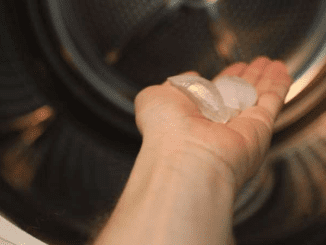Training your dog not to pee inside the house can be challenging, but it’s definitely achievable with the right techniques. With consistency, patience, and a few strategic steps, you can help your dog learn proper bathroom habits and keep your home clean. This article covers ten effective tips to prevent your dog from urinating indoors, improving both your home’s environment and your relationship with your furry friend.
Why Dogs Pee Indoors
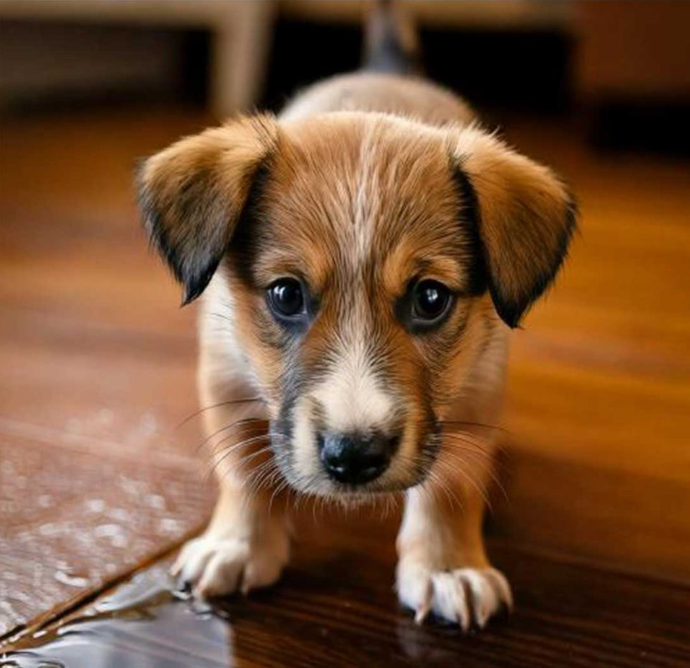
Understanding why dogs pee indoors is crucial for resolving the issue. Dogs may urinate inside for several reasons:
- Lack of proper training
- Anxiety or fear
- Marking territory
- Health problems
Puppies often haven’t learned proper bathroom habits, while older dogs might face health-related incontinence. In any case, identifying the root cause will help you determine the best approach.
1. Establish a Consistent Routine
Dogs thrive on routine. Consistent schedules help them understand when and where they should relieve themselves.
- Set regular feeding times to maintain a predictable schedule for bathroom breaks.
- Take your dog outside at the same times every day, such as after meals, when they wake up, and before bedtime.
- Be patient as your dog adjusts; consistent repetition helps establish clear habits.
2. Create a Designated Outdoor Bathroom Area
Designating a specific outdoor area for your dog’s bathroom needs can reinforce good habits.
- Choose a specific spot in the yard and always take your dog there.
- The familiar smell in this area will cue your dog that it’s the right place to go.
- This helps in building a clear connection between the location and bathroom behavior.
3. Use Positive Reinforcement
Positive reinforcement is one of the most effective ways to train your dog.
- Reward your dog immediately after they relieve themselves outside with praise, treats, or a fun game.
- Make sure the reward is given right after they finish, so they associate the reward with the act of going outside.
- Consistent rewards help reinforce the behavior, making your dog eager to repeat it.
4. Monitor Water Intake and Timing
Managing your dog’s water intake can help you anticipate when they might need to go.
- Track when your dog drinks water, especially after meals or play sessions.
- While you shouldn’t restrict water, being aware of their intake can help you time bathroom breaks better.
- This approach allows you to prevent accidents by getting your dog outside before it’s too late.
5. Address Anxiety or Behavioral Issues
Anxiety is a common cause of indoor urination.
- Dogs with separation anxiety or fear of certain noises may urinate indoors due to stress.
- Work with a professional dog trainer or behaviorist to address these underlying issues.
- Provide a safe space for your dog to retreat to when feeling stressed, and use calming aids if necessary.
6. Clean Up Accidents Properly
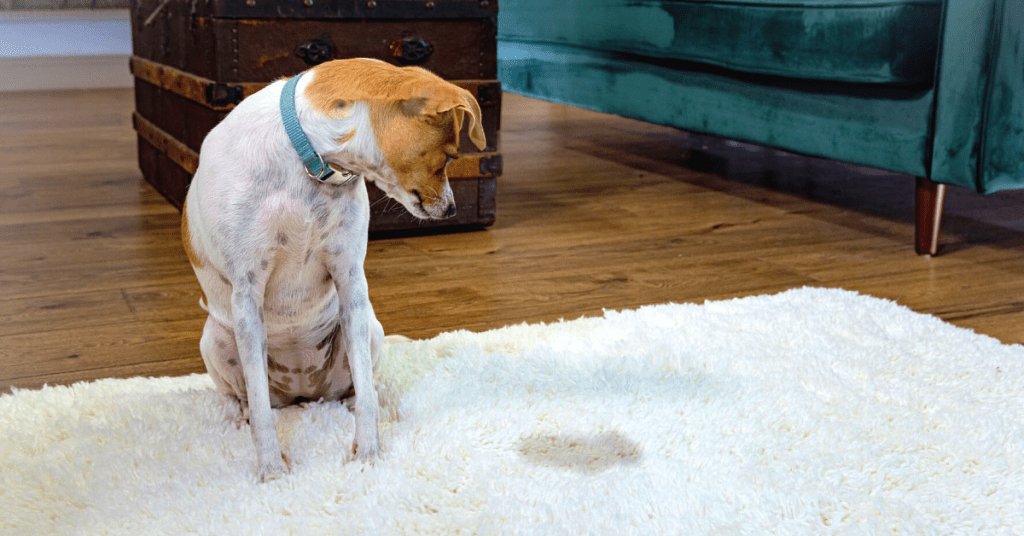
If your dog does have an accident indoors, cleaning it up properly is essential.
- Use enzymatic cleaners to completely eliminate urine odor. Regular cleaning products may not break down the enzymes, leaving a lingering scent that encourages repeat offenses.
- Dogs are drawn to spots that smell like urine, so proper cleaning is crucial to prevent re-marking.
7. Utilize Crate Training
Crate training can be highly effective for managing indoor accidents.
- Dogs naturally avoid soiling their sleeping area, so use a crate that’s appropriately sized—just big enough for them to stand, turn around, and lie down comfortably.
- Start by keeping your dog in the crate for short intervals and gradually increase the duration as they get used to it.
- Make sure to take them outside immediately after releasing them from the crate to reinforce outdoor bathroom behavior.
8. Introduce Bathroom Command Cues
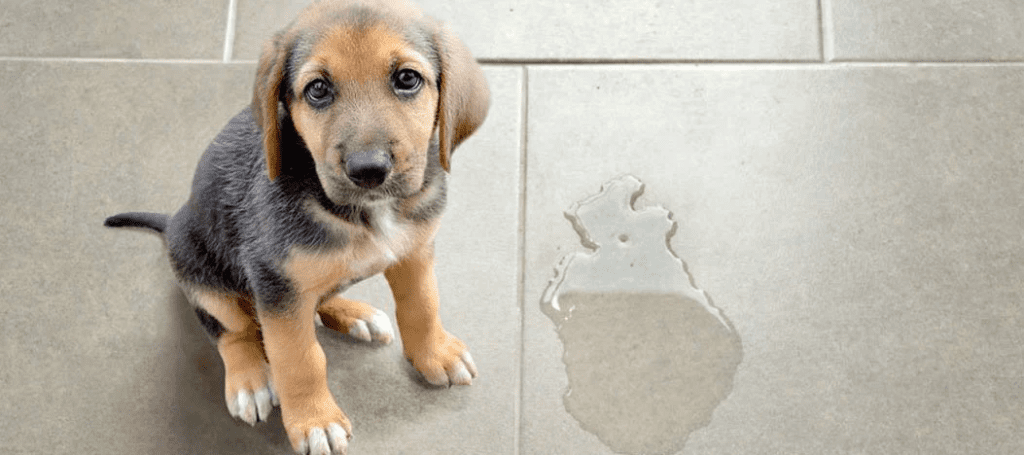
Teaching your dog bathroom command cues can make outdoor trips more effective.
- Use simple verbal cues like “go potty” or “do your business” every time you take your dog outside.
- Consistently use the same cue, and reward your dog when they successfully go.
- This technique helps dogs understand what’s expected, making it easier for them to learn appropriate behavior.
9. Supervise Closely Indoors
Close supervision is key, especially during the initial training phase.
- If you catch your dog about to urinate indoors, interrupt with a firm “no” and immediately take them outside.
- Keep your dog in the same room as you or use baby gates to limit their roaming until they’re fully trained.
- The more aware you are of your dog’s behavior, the quicker you can intervene and correct accidents.
10. Consult a Veterinarian for Health Concerns
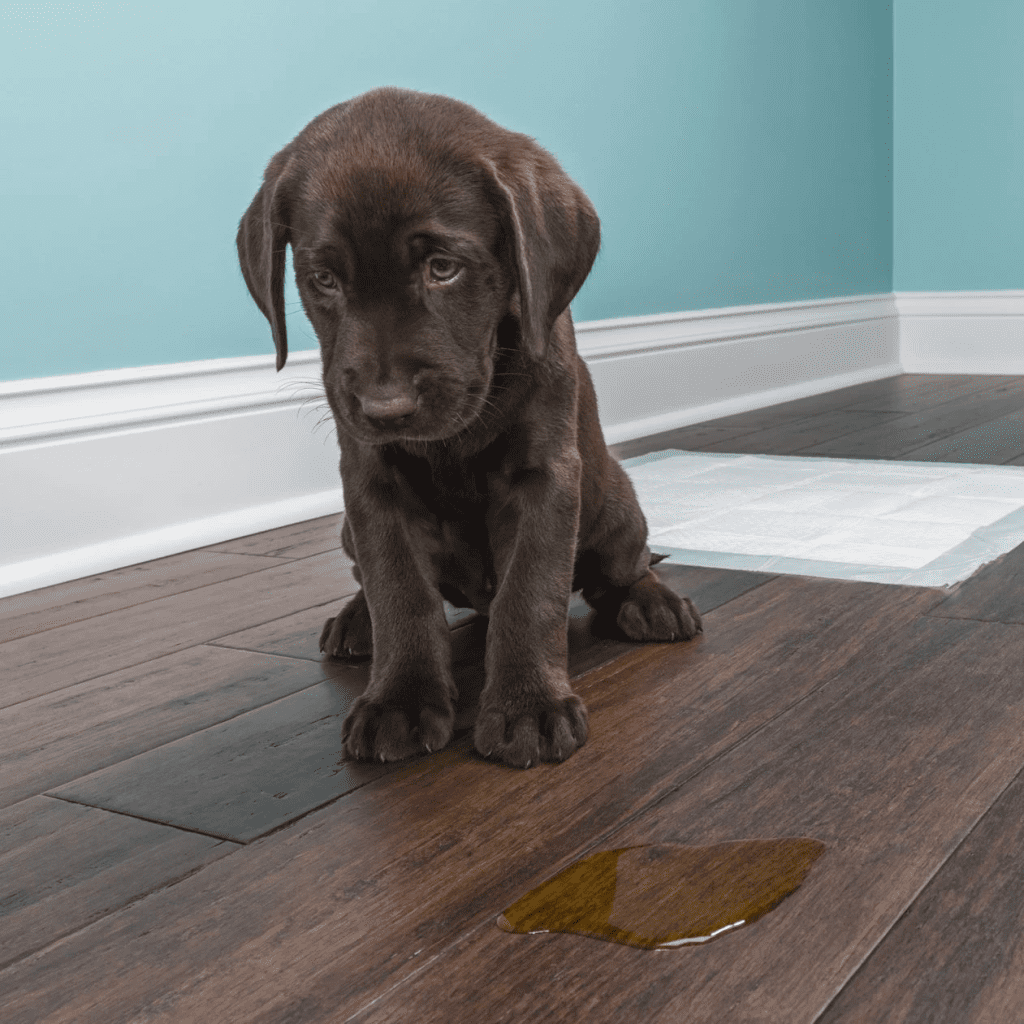
If your dog continues to have indoor accidents despite consistent training, it’s wise to consult a veterinarian.
- Urinary tract infections, diabetes, and other health conditions can cause increased urination or incontinence.
- A vet can diagnose and treat any underlying health issues, which can often resolve related behavioral problems.
- Never ignore persistent accidents, as they could indicate a serious health issue.
Conclusion: Patience and Persistence in Training
House training requires a mix of patience, persistence, and understanding. It’s a process that takes time and commitment, but it’s achievable with the right approach. Consistent routines, positive reinforcement, and clear communication can help your dog learn the correct bathroom behavior. Remember, setbacks are normal, so stay patient and compassionate as you work towards a clean and happy home. Your furry friend is learning, and with your guidance, they’ll master house training soon enough!
